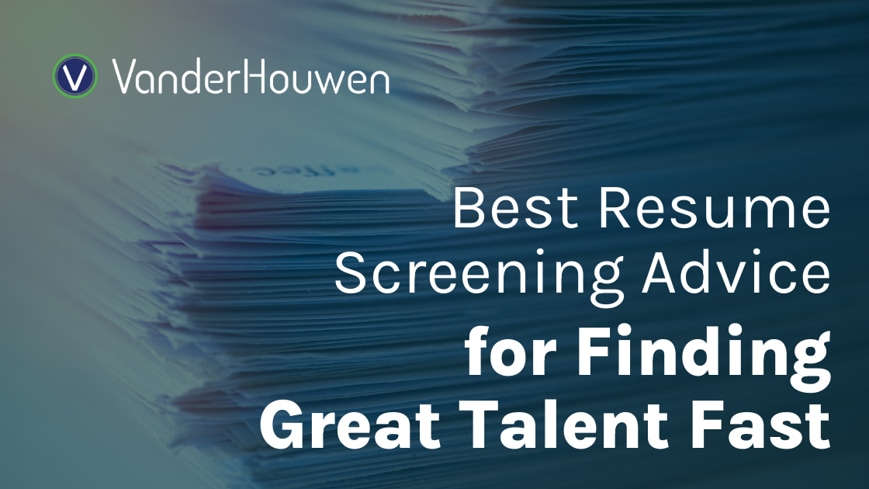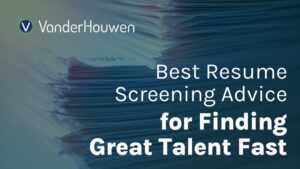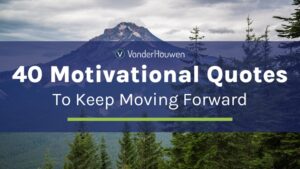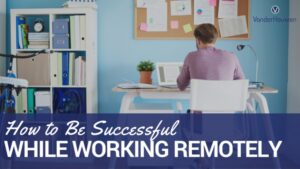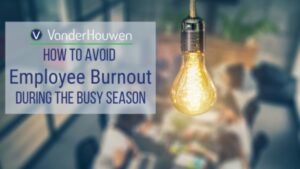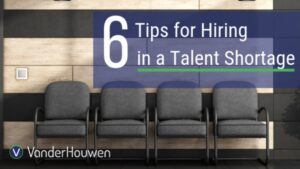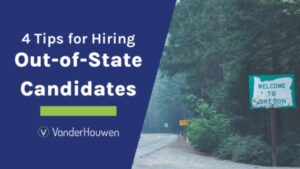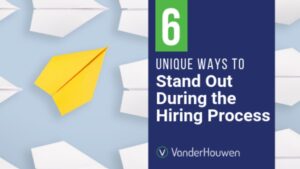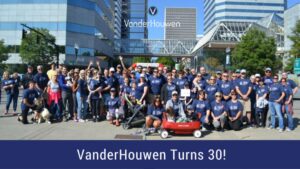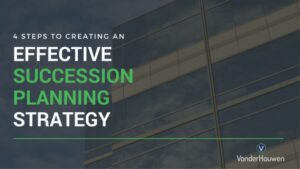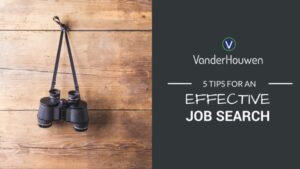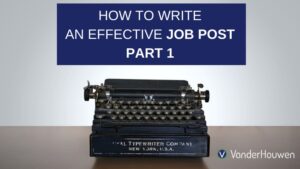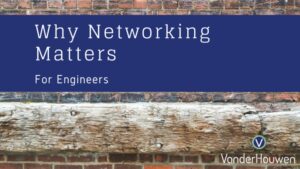Best Resume Screening Advice for Finding Great Talent Fast
There's no denying COVID-19 has forced you into an unfavorable work environment. Now you're balancing working from home with additional distractions like managing virtual schooling schedules and family responsibilities. Regardless of the circumstances, hiring must continue so your company can thrive. But how do you stay ahead of the mountain of job applications with less time on your hands? Upgrade your resume screening workflow. These tried-and-true tips will help you sort resumes quickly so you can focus on the candidates you want to hire most!
For organizations working towards building a more diverse and inclusive workspace, a great first step to avoiding unconscious bias is embracing the blind resume review process. Start by hiding candidate names and contact info on each document you plan to review. You can also disregard items such as college institutions and hobbies. This will allow the candidate’s experience, skills and accomplishments in their work history to shine and be the primary focus of your review.
This will quickly sort your priorities and remove anyone unqualified for the position. Here’s what you should look for:
Consider these things while reviewing:
Pre-Review Steps
Before digging into resumes, be clear on what type of candidate you’re looking for by reviewing the job description. What mix of technical skills and soft skills are needed to perform successfully in the role? Which skills and abilities are must-haves, and which are nice-to-haves? The cost of making a bad hire can be detrimental in the long run, so a quick reminder of what you’re looking for is key to finding the best candidates.For organizations working towards building a more diverse and inclusive workspace, a great first step to avoiding unconscious bias is embracing the blind resume review process. Start by hiding candidate names and contact info on each document you plan to review. You can also disregard items such as college institutions and hobbies. This will allow the candidate’s experience, skills and accomplishments in their work history to shine and be the primary focus of your review.
Start with the Basics
Gather your resumes for a quick first pass. During this stage, your goal is to quickly scan for matches in skill and experience. Start with your must-have and nice-to-have skills and abilities — if that resume has what you want, place them in the yes pile. If the resume almost matches, but needs a closer look put it in the maybe pile. All other resumes with irrelevant skills and experience would go in a no pile.This will quickly sort your priorities and remove anyone unqualified for the position. Here’s what you should look for:
- Keywords: If you’re using an Applicant Tracking System (ATS), use it to help rank candidates based on relevant skills. While not a perfect solution, the system can help initially organize candidates, so you have a good starting point. If you are a smaller company or don’t have an ATS, you can use the “Find” feature in Word to help quickly highlight keywords as you move through the resume. Note: Don’t immediately dismiss candidates who have much more experience than the job description calls for. Their experience could bring added value to your team and could also shorten the time needed for training.
- Content: Is the resume formatted and well-written so it’s easy to read? Are there sections for technical skills, education and work history? The resume should tell a clear story of the candidate’s career journey and skill mix. Resumes are a representation of how someone communicates so if you’re having trouble making sense of the information, it may be a sign the candidate struggles with written communication.
- Review Maybes: Give your maybe pile one more look. You may find someone with experience similar to what you’re looking for, but didn’t catch your attention the first time around. Or, perhaps they have foundational skills that would set them up well to grow within the role.
Second Looks
On the second pass, you’ll deep-dive into experience, tenure, and accomplishments. Sort your resumes into two piles: will interview and will not. Pass on any candidates who overly generalize their achievements or lack detail on how they specifically applied their skills. While you’re reviewing each resume, make notes on what you like and areas that need clarification. These will be especially helpful during the interview stage.Consider these things while reviewing:
- Career Progression: Candidates who move laterally are often fulfilled by maintaining the same level of responsibility versus someone who regularly moves into higher-level roles and strives to learn and grow in their field. Be clear on whether your position needs one attribute over the other.
- Career Longevity: Just because a candidate has changed jobs frequently doesn’t mean they wouldn’t be a good hire. If the candidate is qualified, make a note to ask them about the reasons they left their previous positions during your interview versus making a judgement during the resume review process.
- Details in the Work Experience: Does the resume have enough detailed information in the work experience (i.e. number of reconciliations per month)? Do they go into detail about their team size, what their responsibilities really entailed and how they were successful? Vague resumes mean asking more questions in the interview to get the full picture.
- Contributions to the Company: Look for examples of how they have made an impact in previous roles. Have they reduced internal labor hours by automating a key part of the daily processes? Have they found a more efficient program or tool to help them complete their work quicker? Do they provide statistics to back up their accomplishments? You can always ask about stats during the interview, but if it’s included on the resume, this is a sign of a standout candidate.
- Relevant Industries: While plenty of skills are transferrable between industries, you may be looking for someone who has specific knowledge in yours, especially if you need this person to require little training and be able to contribute in a short amount of time. However, candidates who demonstrate being able to successfully switch between industries may be beneficial for the role as well. This shows they are adaptable and able to learn new things efficiently. Being open-minded with this could be an advantage.
- Company Size: If you’re looking for experience with a large corporation but they only have small business experience, that could mean a longer training period to get them accustomed to your workload. Likewise, if they’re used to more work than your small business has, that may not be the best fit for either of you in the long run.
Are you still overwhelmed with resumes and can't keep up with your hiring demands? Maybe it's time to contact a recruiter to help you find skilled talent fast.
